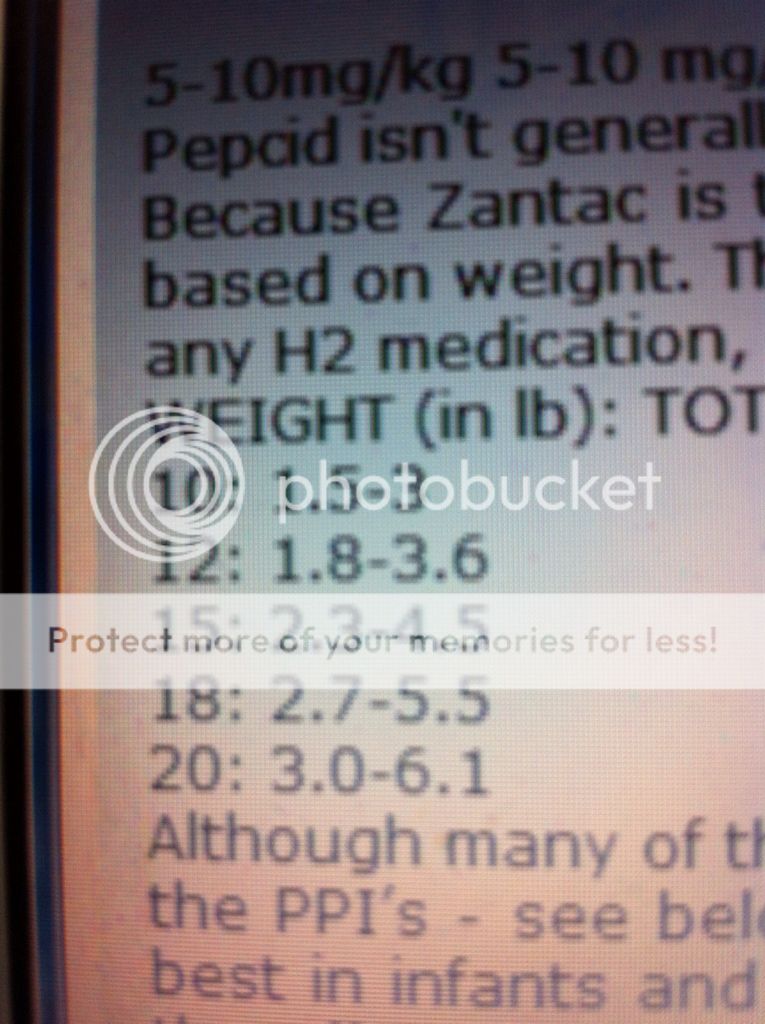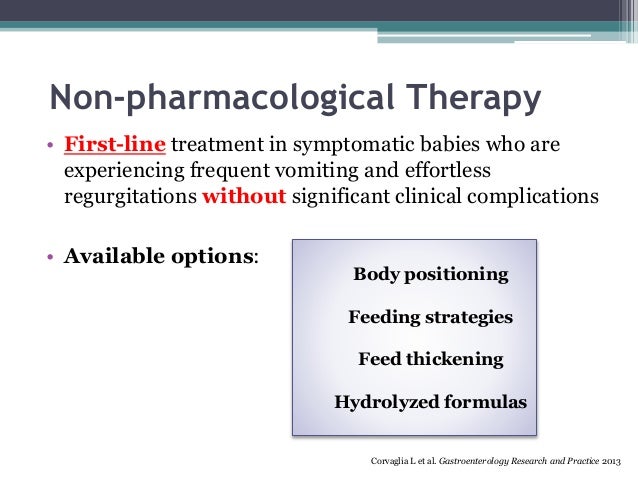Introduction gastroesophageal reflux (ger), generally defined as the passage of gastric contents into the esophagus, 1 is an almost universal phenomenon in preterm infants the normal physiologic occurrence of ger in infants can be distinguished from pathologic ger disease, which includes troublesome symptoms or complications associated with ger 2 ger occurs commonly in infants, in part. Gastroesophageal reflux in infants management. The main difference between gastroesophageal reflux (ger) in the pediatric population and the adults is that spitting up, the most visible symptom of regurgitation in infants, occurs at least once per day in about 50% of the healthy 3- to 4-mo-old infants[5,6] and this leads up to 20% of caregivers in the united states seek medical help for.
gastroesophageal reflux in infants management
The american academy of pediatrics recognizes the harm racism causes to infants, children, adolescents, and their families view the collection gastroesophageal reflux in preterm infants: guidance on diagnosis, management. Management of supraesophageal complications of gastroesophageal reflux disease in infants and children. am j med. 2000. 108 (4a):139s-143s. . tolia v, gilger ma, barker pn, illueca m. healing of erosive esophagitis and improvement of symptoms of gastroesophageal reflux disease after esomeprazole treatment in children 12 to 36 months old.. Management of gerd. distinction between physiological ger and pathological gerd is important to identify proper management strategies, risks, and benefits. empirical treatment of gerd in infants is frequent, despite a low yield in improvement of gerd type symptoms [8, 9•, 12••]. maximal extent of acid reflux events on symptoms generated.

